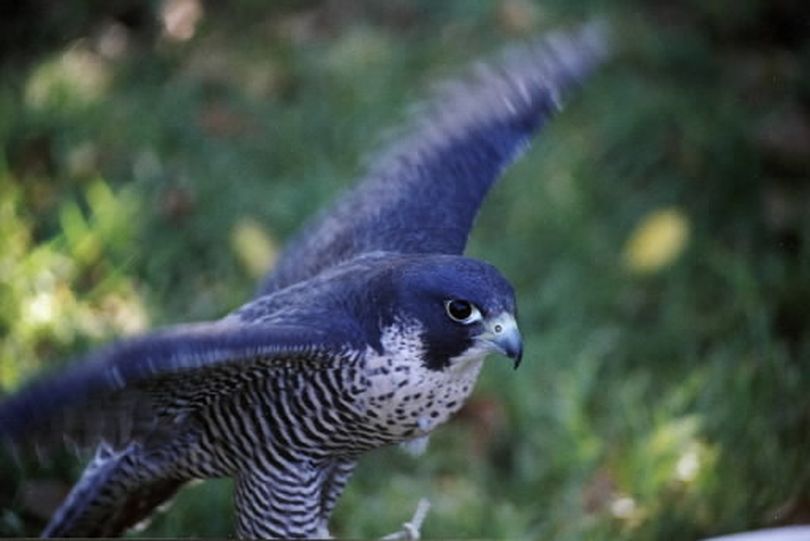Idaho may allow falconers to capture peregrines

FALCONRY -- For the first time in more than 40 years, up to two falconers in Idaho may once again get limited opportunity to capture and keep a wild peregrine falcon -- a species federally listed as endangered from 1970-1999.
The Idaho Fish and Game Department proposes to allow the capture of two juvenile peregrines from the wild for falconry purposes in 2013 and has developed a set of draft rules for public comment through March 11.
The American peregrine falcon has continued to rebound since being delisted to the extent that in 2004 the U.S. Fish and Wildlife Service authorized the capture of nestling peregrines from the wild for use in falconry.
In 2008, the Fish and Wildlife Service also allowed capture of post-fledging first-year peregrines – hatch year or “passage” birds.
States have the authority to manage the capture of up to 5 percent of annual production. Based on Fish and Game surveys, the most juvenile peregrines that could be taken from the wild in Idaho in any given year would be two birds.
Montana, Washington, Oregon, Utah, Wyoming, Colorado and Arizona also allow the capture of peregrine falcons.
The peregrine has been used in falconry for more than 3,000 years, beginning with nomads in central Asia. Captured wild migratory peregrines were used regularly by North American falconers from 1938 to 1970 when the species was added to the federal list of threatened and endangered wildlife and plants.
Until 2004, nearly all peregrines used for falconry in the United States were captive-bred from the offspring of birds captured before the Endangered Species Act was enacted.
The successful recovery program involved a collaboration of Boise’s Peregrine Fund along with state and federal wildlife agencies. Falconers provided the needed expertise through a technique called “hacking,” the release of a captive-bred bird from a special cage at the top of a tower or cliff ledge.
